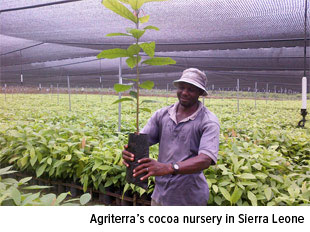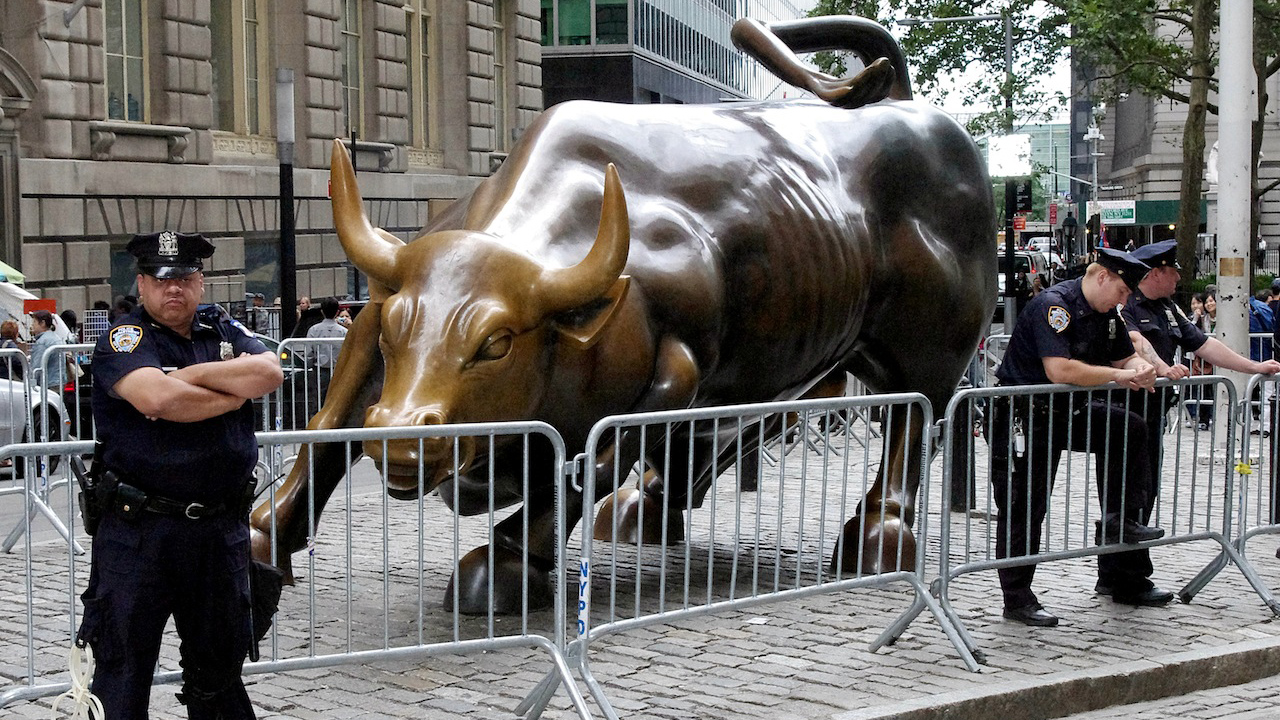Journey to the Center of African Mining
January 31, 2014
By Frank Holmes, CEO and Chief Investment Officer, U.S. Global Investors
This weekend, I head to the resource-rich continent of Africa. My journey begins at the 2014 Investing in African Mining Indaba, where I plan to give a keynote speech to a room full of mining ministers and industry experts. I’m honored to be presenting along with other keynote speakers, including Susan Shabangu, South African minister of mineral resources, Tom Butler, global head of mining at the World Bank, and Gavin Keeton, professor at Rhodes University.
Indaba is the place to learn about the best wealth creation ideas in African mining. It’s the world’s largest mining investment conference, gathering together the industry’s most influential decision-makers in African mining. Last year, more than 7,800 people from 100 countries and 1,500 international companies attended, including 45 African and non-African government delegations.
 |
While on the continent, I’ll travel to Mozambique to visit a massive farm operation owned by Agriterra, one of the Global Resources Fund (PSPFX) holdings. The company also has a cocoa nursery and plantation in Sierra Leone that our team visited last year.
Agriterra has exciting potential, as the company focuses on hiring the best intellectual capital to improve crop yields, package and ship commodities, and provide necessary resources to the rapidly growing population of Africa.
From Mozambique, I’ll get some Kenyan dirt on my boots when I visit one of African Oilfield Logistics’ operations. African Oilfield Logistics is an oil and gas services business that focuses on exploration and development projects not only in Kenya, but also Ethiopia and Mauritius. To date, the company has been a profitable position for shareholders of the Global Resources Fund.
In an interview about African mining with Business Excellence, I said many companies from North America and Europe look to move capital to the continent. However, when a new government is formed, leaders often introduce new regulations and rules that dissuade investment. I call these places “no-fly zones.”
Read the rest of my interview here.
Yet, it’s hard to ignore the resource potential, especially given the explosion in population. Over the next 100 years, the African population is forecasted to grow to four times its size.
While every country has its own challenges, whether political or geographic, global journeys like these can uncover the best opportunities for investors. Figures on a spreadsheet only tell part of the story, so it is essential to connect the explicit knowledge learned from statistical models with the tacit knowledge gained during global travel to find companies that can successfully operate and grow capital for their investors.
Occasionally, investors have the chance to join us on our journey. This year, I invite you on an investment adventure of a lifetime to explore Europe’s fastest growing economy, Turkey. Don’t only depend on what is reported in the media when you can witness what Turkey has to offer firsthand. Learn more about this golden opportunity and reserve your spot today.
Leaping and Bounding Markets in the Year of the Horse?
New Year’s celebrations in the U.S. may be over, but more than a billion people in China and around the world will be celebrating Lunar New Year with family and friends beginning January 31.
We’re entering the Year of the Horse, a year that could be full of adventure, romance and chaos. In the 2014 Feng Shui Index, CLSA noted that the Year of the Horse should bring positive markets, at least until mid- to late-2014, with a possible correction around August.
Taking a look at market performance during the previous five Years of Horses (1954, 1966, 1978, 1990, and 2002), the best years were 1954 and 1978. In 1954, the Dow Jones Industrial Average rose 40 percent. In 1978 the Hang Seng Composite Index leapt 35 percent. The worst years were 1966 and 2002, when the Hang Seng lost 11 and 13 percent, respectively.
This Year of the Horse is combined with wood, which is one of the five key elements in feng shui, and that is positive for stocks to leap and bound over the course of the next 12 months.
















